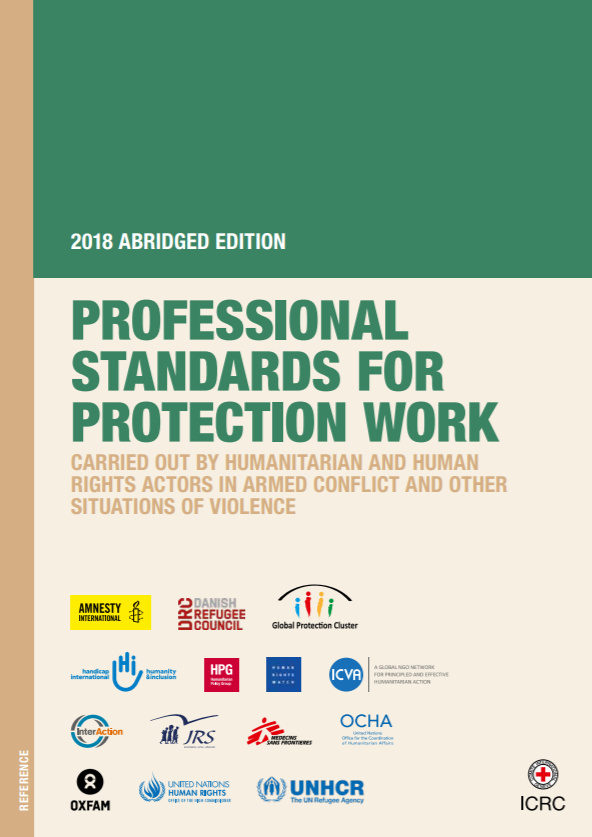CP AoR Guidance. Obtaining Useful Data From IOM's Displacement Tracking Matrix (DTM) to Inform Child Protection Humanitarian Planning and Response

In June 2017, the Child Protection Area of Responsibility (CP AoR), Global Education Cluster, and IOM’s Displacement Tracking Matrix (DTM) launched a joint-project to better integrate child protection in the collection, analysis and sharing of DTM data, with the objective of better understanding the needs and risks faced by children on the move to improve effectiveness of response. The DTM for Children on the Move project has produced multiple guidelines and tools, including this guidance document, to facilitate collaboration between the CP AoR and DTM in obtaining and using data that child protection partners need. The audience for this document is child protection cluster coordinators and information managers. Additional relevant tools to working with DTM may be found on the CP AoR webpage
Country
Worldwide
Region
Worldwide
Year
2019
Topics
Category








